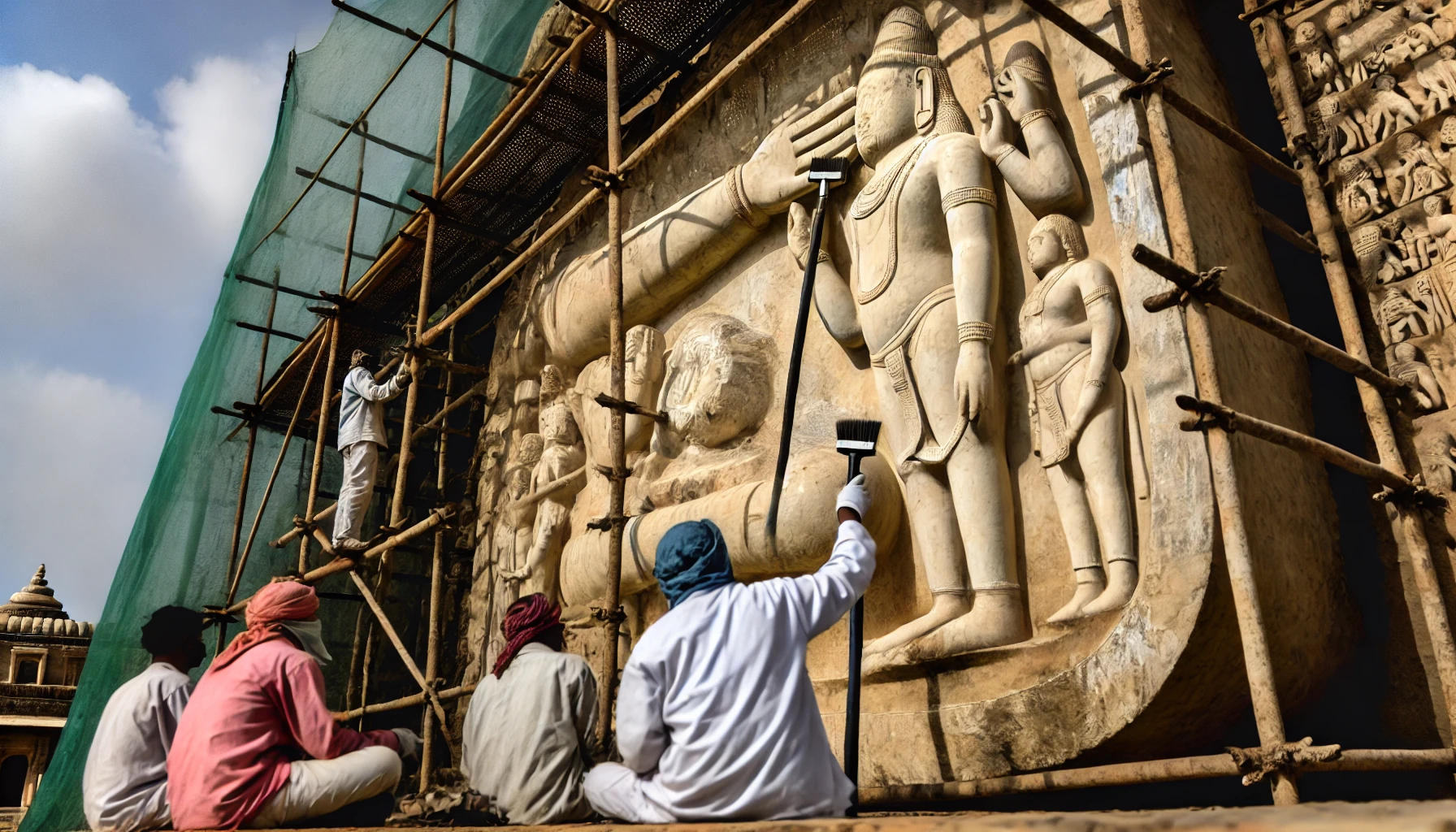Contributor Training: DDEV Docker Image Maintenance

Here’s our July 24, 2024 Contributor Training on DDEV Docker Image Maintenance:
DDEV depends on a few critical Docker images, including ddev-webserver, ddev-dbserver, ddev-traefik-router, and ddev-ssh-agent. Each of these is built for new releases, and if a PR changes them, then a new image tag is pushed for that PR (typically with the same tag as the PR branch name).
Building images locally for testing your changes
As a prerequisite to building multi-architecture Docker images, do docker buildx create --use, which sets up docker buildx to do that.
After that, assuming that you are working on a branch called YYMMDD_youruid_branch_description, like 20240730_rfay_webserver_arch and you need to build a new ddev-webserver image to support it, use
cd containers/ddev-webserver
make VERSION=20240730_rfay_webserver_archto build a local image in your matching architecture.
If you are going to push to your own Docker organization, you could consider this:
make VERSION=20240730_rfay_webserver_arch DOCKER_ORG=randyfayIn that situation, you would be able to push the image to randyfay/ddev-webserver:20240730_rfay_webserver_arch.
Updating the DDEV binary to use the new image
To convince DDEV to use the new image, update pkg/versionconstants/versionconstants.go with the image tag or optionally also the DOCKER_ORG you used.
Pushing Images to hub.docker.com
When it’s time to push images, you can push them with make push VERSION=<branch> or make push VERSION=<branch> DOCKER_ORG=<your_org>. For example
make push VERSION=20240730_rfay_webserver_arch
# or
make push VERSION=20240730_rfay_webserver_arch DOCKER_ORG=randyfayPushing using the GitHub Actions Workflow
Rather than tying up your computer for all the time it takes to do a push, you can use the GitHub Actions workflow. For example, with ddev/ddev we can go to https://github.com/ddev/ddev/actions/workflows/push-tagged-image.yml and choose what image to push and what branch to push it from. You can also do this from your fork if you configure the DOCKERHUB_USERNAME and DOCKERHUB_TOKEN secrets for your fork.
If it helps you and you are a known entity, we can also give you permissions on ddev-test/ddev so that you can do this, but it’s probably easier to push to your own hub.docker.com repository.
Manually testing image changes
When you’re testing simple things, you can use a number of techniques:
- Run the image directly. For example,
docker run -it --rm ddev/ddev-webserver:20240730_rfay_webserver_arch bashwill land you inside the container where you can inspect what’s going on there, run any scripts you need to, etc. - Run it using
ddev. For example, if you have builtddevwithmake, you can make sure that<project>/.gotmp/bin/<your_arch>is in yourPATH, and do addev start. Then you canddev sshand see what has happened.
If you have done a make push or used the GitHub Actions technique, make sure you do a docker pull <image>:tag to update your local image copy.
Other ways to change the build
.ddev/web-build/Dockerfile.*
Actually changing the build is not necessarily the best way to introduce an image change, and it’s almost certainly not the best way to experiment.
Usually the best way to get started is the .ddev/web-build/Dockerfile.* technique, where you just add a tiny bit to the Docker build based on your project’s needs. For example, in a project you might have a trivial .ddev/web-build/Dockerfile.experiment like this:
RUN touch /var/tmp/this-ran.txtWhen your project starts up it will actually build this into the image. You can use this technique for texting and experimentation.
Adding conditional layers in Go code
DDEV’s Go code adds a few layers to the images at the first ddev start on a project. You can see all of these consolidated in a project in the .ddev/.webimageBuild/Dockerfile (which is not something you will ever change, it’s a generated file). That’s where things like the matching in-container Linux user and group are added, and a few other things. You can see how DDEV adds these layers in WriteBuildDockerfile(). It’s unusual to do things with images this way, but some problems do require logic during the Go processes.
Running and improving the image-based tests
Each of the Docker images has a set of tests that go with it in the tests directory. You can run these tests most easily using make test in the proper container, for example:
cd containers/ddev-webserver
make testThe test will build the container locally and then run a suite of bats tests on it. You can look at the Makefile to see exactly what the test does. The ddev-webserver test runs tests/ddev-webserver/test.sh $(DOCKER_ORG)/ddev-webserver:$(VERSION), which runs the bats files in the tests directory.
bats is a bash-based test framework and it’s used here because the tests have nothing to do with Go, and for most people the barrier to entry for a Bash test is lower. bats is also used by default in DDEV add-on tests, and is covered in the Contributor Training on Add-Ons. PRs that make nontrivial changes to the Docker images should normally have test coverage at this level.
Testing images with the Golang-based tests
There are hundreds of Golang-based tests as well, some of which do a good job exercising Docker image features. This is a fine way to do this work.
Resources
- Release Management and Docker Images
- DDEV Docker Architecture contributor training.
- Contributor Training on Add-Ons (covers
batsusage)
Contributions welcome!
Your suggestions to improve this blog are welcome. You can do a PR to this blog adding your techniques. Info and a training session on how to do a PR to anything in ddev.com is at DDEV Website For Contributors.
Follow the DDEV Newsletter for information about upcoming user and contributor training sessions.